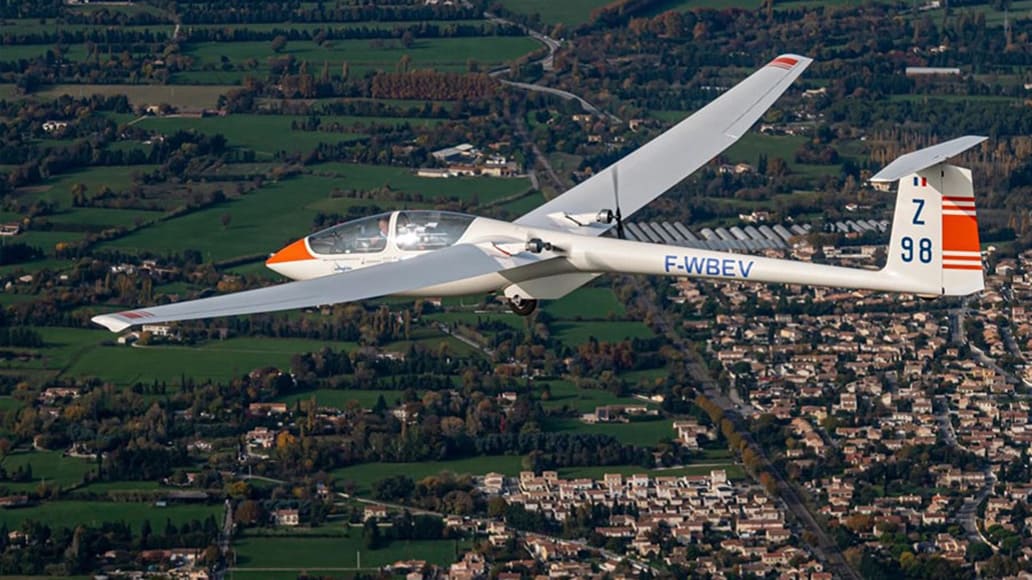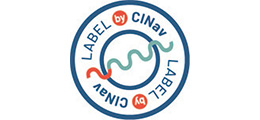Euroglider, an electric glider designed by ISAE students

On May 27th, the autonomous electric glider ” Euroglider ” took off from the Air Force base in Salon de Provence.
This innovative glider, designed in part by ESTACA students, is one of the projects developed in cooperation with the schools in the ISAE group (SUPAERO, ENSMA, École de l’Air in particular) in conjunction with Dassault Aviation and the European Association for the Development of Gliding (AEDEVV). It aims to develop an electrically-powered, two-seater glider for instruction, release and training.
An innovative project that reduces flight constraints, pollution and costs
It meets the needs of student pilots and their instructors to carry out complete instructional flights without waiting for favourable aerological conditions: in this case, several training flights of more than 40 minutes autonomously. This will therefore allow training organizations to do 2 to 3 times the number of instructional flights over a year while at the same time reducing the learning period for students.
IIt is also fully in line with energy transition in the aviation sector. With autonomous flight thanks to low-carbon electrical propulsion, it no longer needs a conventional tow aircraft. Euroglider will reduce total take-off weight by 50% and will also eliminate sources of noise pollution for local residents.
Finally, on the economic side, it will increase the operation and business for aeroclubs in particular by reducing take-off costs by 60 to 70% compared to using a conventional tow plane.
From project to industrialization
Since 2015, students from various schools in the ISAE group have been working together to develop this electric glider as part of their academic projects. Students from ESTACA conducted studies to determine the overall architecture of the glider best suited to the objectives of performance, ergonomics and cost, according to the objectives set out in the specifications. To carry out this preliminary project phase, the ESTACA students were supervised by Hubert Duchatelle (DGA), professor of aeronautical architecture, and technical advisors from Dassault Aviation and the AEDEVV. This type of project helps students learn collaborative work methods used in industry.
The project is currently in the experimental phase with ground and flight tests. The first take-off in autonomous mode took place on December 10th 2020 at the 701 air base in Salon-de-Provence. A second flight took place on May 26 to present the prototype to the public. It will now be industrialized and produced by a light aviation manufacturer in France and Europe.














